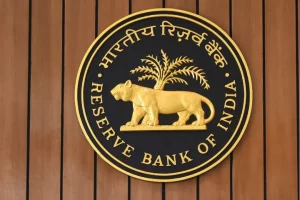India may soon manufacture its own super-alloy steam turbine rotors for efficient coal based thermal power plants, thanks to a facility being set up by Bharat Heavy Electricals Limited (Bhel) to assess low cycle fatigue effects in rotors required for such power plants.
Improving technologies to increase the efficiency of coal-based thermal power plants requires use of nickel-based super-alloy materials as against chrome-based steels widely used now. The nickel-based Alloy 617M has been selected by the Indian Advanced Ultra Super Critical (AUSC) consortium, according to a government press release.
The alloy is industrially available and the AUSC consortium has already expressed confidence in indigenous development of the alloy. However, lack of experimental data on performance of Alloy 617M rotors hinders effective usage of this alloy in the Indian AUSC power plant.
To overcome this challenge, the Department of Science & Technology under the Clean Energy Research Initiative has supported a project to Bhel (R&D), Hyderabad, for establishment of high temperature spin test rig (HTSTR).
It will be the first facility in India for experimental validation of the design of AUSC steam turbine rotor relating to creep-fatigue damage (deterioration of metals and alloys subjected to a cyclic thermo mechanical load at elevated temperature). It will also be the only one of its kind in India in terms of establishing a real size engineering experimental set-up.
It will subject the turbine rotor segments of weight up to 9,000 kilograms to various damage conditions similar to that in the plant operation, like high temperatures up to 800 degree Celsius, high speed up to 3600 revolutions per minute (RPM), followed by long-term steady state operation and controlled heating and cooling. The facility will pave the way towards Atmanirbhar Bharat in this sector.
This unique test protocol and its visualization software are registered under Indian patents and copyrights law. Some of the technical highlights in the test methodology are published in national conferences..




















